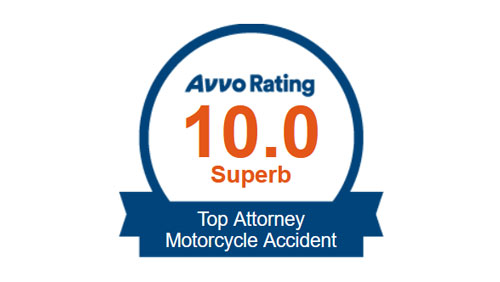How liability is determined in a Los Angeles California Slip and Fall Case
You are walking down the milk aisle at the grocery store when all of a sudden you slip and fall on a place where a previous spill wasn’t cleaned properly. When such a situation occurs, who is at fault for any damages related to the fall? Depending on the circumstances and facts of the case, both you and the store could be to blame. Let us take a look at how liability could be decided in such a situation.
When Would the Store Be to Blame?
The shop would be to Blame if it had known that the floor was wet and had not taken steps to cure the matter. This could mean that there was no sign put on the ground to indicate that it had been wet or there was no effort made to clean a previous spill. As you have the right to be in that location in the store as an “invitee,” the shop owner would have the duty to be certain that you are safe. If that duty is violated, the property owner is liable for damages.
When Can You Be to Blame for Your Fall?
The law does Acknowledge that a slip-and-fall victim might have to take responsibility for his or her own actions. As an example, if you saw the floor was wet, you might have gone around that section of the ground or avoided the aisle entirely. This may be true if there was a sign warning you that the floor was wet. However, in the event that you decided to assume the risk of the wet spot, walked over it and dropped, you would be at least partially liable for your actions under California comparative negligence laws.
When Would Both Parties Split Blame for a Fall?
In some cases, there May be factors that indicate the two parties were to blame. Once again, in case you saw that the floor was wet or should have known that the floor could be slippery, you might be assigned half of the blame for the incident happening. Although you might have known or should have known that you could have slipped on a wet floor, this doesn’t absolve the property owner from the obligation to keep you secure.
Therefore, the fact That the floor was wet will be sufficient to assign the owner part of the blame for causing your fall. Other variables such as whether or not the property owner tried to fix a leak that caused the ground to become moist or if there was a warning that the floor was wet could reduce the percentage of blame assigned to the property owner.
What Happens if One or Both Parties Refuse to Accept Responsibility?
Fortunately, the law Is fairly clear when it comes to deciding which party is liable for a slip-and-fall accident. First, the relationship between the person who was hurt, and the property owner will determine whether or not the owner of the store owes the victim a duty of care. In most cases, so long as the victim was not trespassing, he or she is owed a duty of care whilst on the premises. The only exception would be if the trespasser was a child.
If dangerous Conditions exist on a property, the property owner generally only needs to make a good faith effort at fixing those conditions. Moreover, it must be shown that the property owner knew or should have known about the dangerous condition and did nothing to repair it. For instance, if an employee created a dangerous condition in the shop and didn’t tell anybody, the store owner or property owner is still responsible under the doctrine of Respondeat Superior.
How a slip-and-fall situation is resolved depends on a range of factors which may be unique to each case. If a victim was invited onto a premises and has been injured as a property owner was negligent, the Property owner is to blame. If the victim was a trespasser, he or she is usually at fault. If both sides took action that could be seen as negligent to A reasonable person, both sides could be assigned blame in a slip-and-fall case Regardless of who each side believes caused the accident to happen.
If you have had a slip and fall or trip and fall accident call The Law Office of Norman Gregory Fernandez at 800-816-1529. No recovery – No Fee.


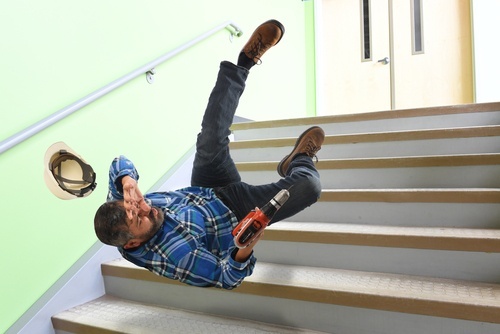
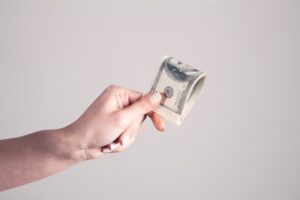 No Recovery – No Fee Guaranteed
No Recovery – No Fee Guaranteed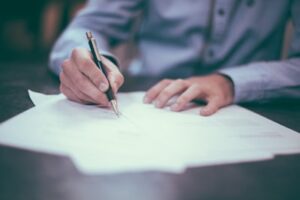
 Get Medical Treatment even if you do not have Medical Insurance
Get Medical Treatment even if you do not have Medical Insurance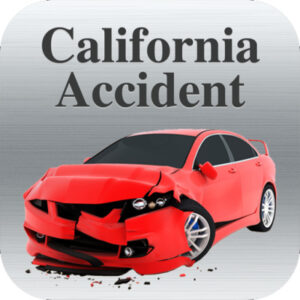 Get our AI California Accident App
Get our AI California Accident App



